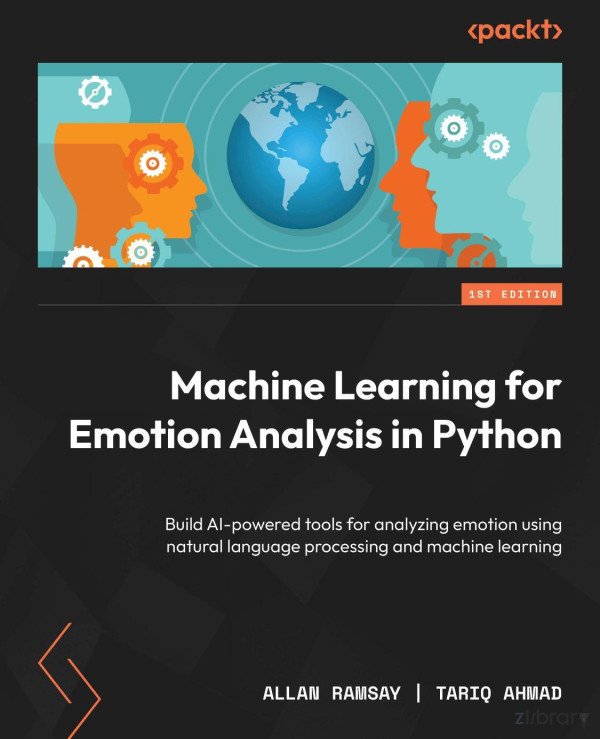

Most ebook files are in PDF format, so you can easily read them using various software such as Foxit Reader or directly on the Google Chrome browser.
Some ebook files are released by publishers in other formats such as .awz, .mobi, .epub, .fb2, etc. You may need to install specific software to read these formats on mobile/PC, such as Calibre.
Please read the tutorial at this link: https://ebookbell.com/faq
We offer FREE conversion to the popular formats you request; however, this may take some time. Therefore, right after payment, please email us, and we will try to provide the service as quickly as possible.
For some exceptional file formats or broken links (if any), please refrain from opening any disputes. Instead, email us first, and we will try to assist within a maximum of 6 hours.
EbookBell Team

4.3
18 reviewsIn this book, we will gradually build our understanding, starting with the basics of NLP and emotion representation. We will explore various techniques for feature extraction, sentiment analysis and emotion classification. We will learn how to pre-process text data, train machine learning models, and evaluate their performance in the context of emotion analysis. Additionally, we will delve into more advanced topics such as handling multi-label data and exploring deep learning approaches, and we will look at a case study involving tweets collected over an extended period, showing how they correlate with real-world events. We will also investigate how robustly models trained on one dataset behave when applied to another.
Readers will finally possess a solid foundation in emotion analysis and the ability to leverage Python’s extensive ecosystem to build sophisticated emotion-aware applications, being able to navigate the nuances of emotions expressed in text, unravel the hidden sentiment behind reviews and comments, and develop insightful solutions.